If you're looking for “what does it mean when the transmission light comes on,” typically, it means your vehicle has one of the followings:
- General maintenance reminder
- Low transmission fluid
- Problem with the temperature sensor
- Hitting bumps
- Old fluid
- Transmission fluid leaks
- Transmission overheating
Your vehicle uses a series of warning lights on the dashboard to communicate with you and bring your attention to internal problems. You might be familiar with the check engine light because it's linked to a long list of potential culprits.
However, you might be less familiar with the transmission warning light, which could illuminate because of certain problems related to the transmission itself.
You must understand “what does it mean when the transmission light comes on.” It's never a good idea to ignore these warning lights and any other warning lights on the dashboard.
Experts indicated that ignoring these lines can lead to more significant problems that could cost you thousands of dollars, if not the entire vehicle!
Therefore, this article walks you through all you need to know to help you understand “what it means when the transient light comes on.” It also highlights some ways to fix the problem and things to consider before continuing to drive a vehicle with a transmission light illuminating.
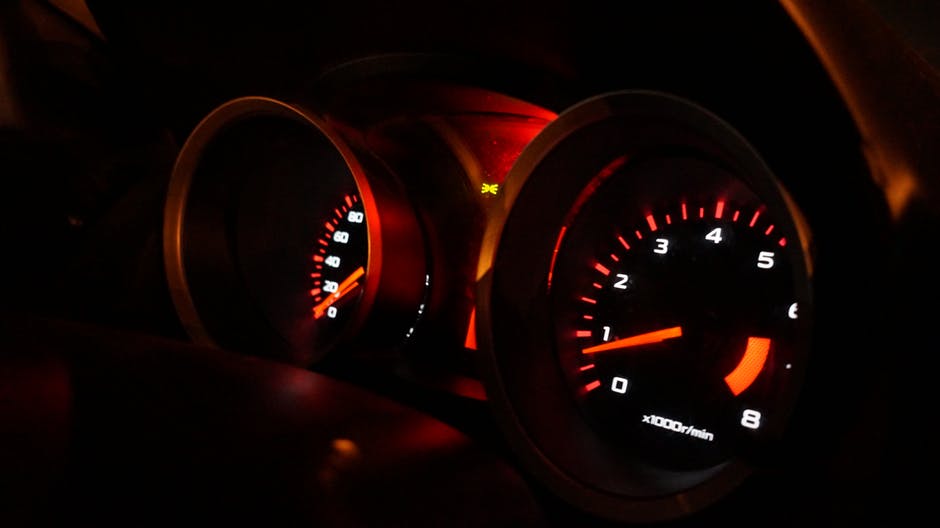
What does a transmission warning light look like?
Before we dive into the details about what it means when the transmission light comes on, it's critical that we explain to people what a transmission warning light looks like because it can be confused with other warning lights.
Typically, the transmission warning light looks like a thermostat inside a gear. You will immediately feel that this light is saying something about the transmission, not the engine or any other component.
What does it mean when the transmission light comes on?
Now you have a general understanding of what the transmission warning looks like, and the next step is to understand “what does it mean when the transmission light comes on.”
As we indicated before, your vehicle illuminates warning lights on the dashboard to communicate with you and bring your attention to internal problems. When this transmission light comes on, it is another way for your car to check your transmission because there is an internal problem. What is this problem? You need to know that you might consult your mechanic for more details.
But it doesn't hurt to learn about one or two things that could go wrong, and that could trigger the transmission warning light on the dashboard. Let's look at some of these things:
1. General maintenance reminder
If you're lucky, the transmission light is just illuminating to remind you of certain maintenance. In other words, your transmission might be due to a transmission flush or probably some fluid changes, which is why your vehicle is trying to remind you.
2. Low transmission fluid
In other circumstances, your vehicle might warn you because of a significant important internal problem. In other words, if the transmission fluid is low, your vehicle will not like it and will protect you from what could go wrong with low transmission fluid, and that's why it will trigger that transmission warning light immediately.
The transmission fluid is very critical in your vehicle. Depending on your transmission type, this fluid might be only responsible for lubricating the internal components and preventing overheating. Still, also it could be involved in the way your transmission functions.
That's why you mustn't ignore this transmission warning light because the longer you ignore it, the lower your transmission fluid goes, and the more complicated the problems.
In certain scenarios, driving with a low transmission fluid can lead to severe damages that could cost you the entire transmission, if not other components.
3. Problem with the temperature sensor
In many common situations, the transmission light will illuminate because you have a problem with one of the internal sensors. The temperature sensor is the most common culprit because when it's not functioning properly, it will not be able to report the existing temperature of your transmission to the vehicle computer.
As a result, the computer will not know when the transmission is overheating and when you have some of these severe problems. Therefore, it's much easier for your car to call you and bring your attention to fix this sensor rather than waiting until you deal with severe transmission overheating, which means huge trouble.
4. Hitting bumps
There are situations where you might notice that the transmission light comes on immediately after you hit a road bump. In that case, you shouldn't be too worried because this all has to do with roads and these sudden external factors, but it doesn't necessarily mean that you have an internal problem with the transmission.
Remember that you shouldn't stay calm with an illuminating transmission light because it could be a combination of multiple factors triggering it. The one way to confirm is that if you notice the transmission light flashing, you're most likely driving over bumps. However, if this light continues to illuminate, then there might be an internal issue that you have to dig deeper into and figure out what's going on.
5. Old fluid
The transmission fluid is not designed to last forever, and there will be a time when you must change it because it gets dirty. When the transmission fluid gets very dirty, it will not function properly, and it will not be able to lubricate the internal components or even help the transmission function properly.
That's why your vehicle will feel if the transmission is not having the right fluid, and it might trigger the transmission warning light. Thus, if you're looking for what it means when the transmission light comes on, you might be dealing with dirty transmission fluid, and all you need to do is to
6. Transmission fluid leaks
We mentioned earlier that your light might get triggered because of low transmission fluid. Sometimes, the transmission fluid might drop significantly because of an internal or external leak. Your transmission warning lights will illuminate for that too, but it will not stay in detail where this transmission went and why it is low.
As a result, your job as a driver is to take your vehicle to the nearest shop and chat with your mechanic about what's going on internally. Your mechanic should have the right tools and equipment to help him identify the location of the leagues and fix the problem if it's repairable.
You can still take some proactive steps and look for signs of fluid leaks underneath the vehicle where the transmission is located.
However, suppose you feel that the leaks are very severe. In that case, it might be worth checking with your mechanic before you continue driving this car because it might break down completely when it has zero fluid, especially if you don't know whether this fluid is transmission fluid or something else.
7. Transmission overheating
Transmission problems are all linked together, and if there is a fluid leak, you'll see a low fluid level, and your transmission warning light will complain. Also, if the transmission fluid is very low, you're dealing with transmission overheating, which is a severe problem.
Overheating is one of your vehicle's worst enemies, whether attacking the engine or the transmission. Therefore, you must never ignore the transmission warning light because if it's related to overheating, things can get complicated very quickly, and repair costs can climb significantly.
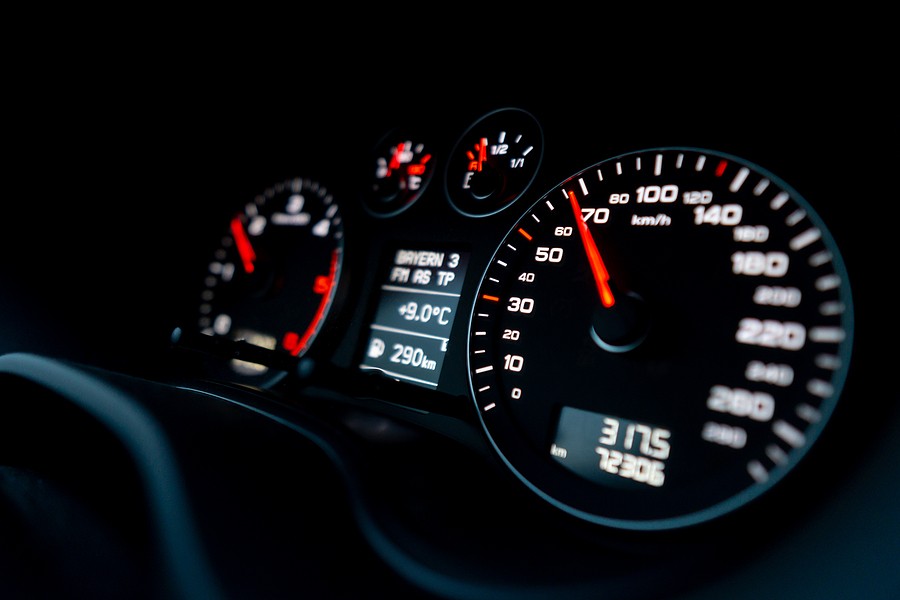
Can you drive with the transmission light on?
Of course not. Automotive experts never recommend driving your car when you have an illuminating transmission light. The light might be linked to a severe problem and should be considered difficult and significant.
We understand that this slide might be linked to a minor issue in your vehicle that might not need an emergency repair, but you don't know. Until you guarantee from your mechanic, you cannot continue driving this vehicle.
Depending on your situation, you might have the chance to drive the car to the nearest repair shop. Still, in difficult situations, people might be required to tow the vehicles in the near search fair shop, especially if there is a significant transmission fluid leak or anything else.
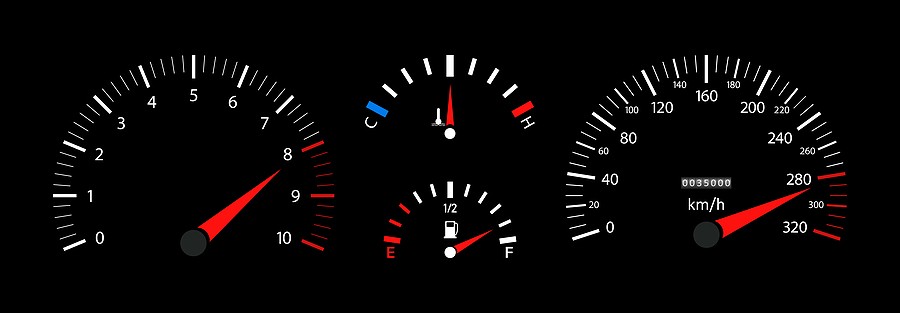
What are the early signs of transmission failure?
Understanding “what it means when the transmission light comes on” is a very good piece of information. However, it's not the whole story, and maintaining your transmission doesn't only end with understanding why these warning lights are turned on or illuminating. In addition, you need to understand other symptoms that could help you identify potential signs of early transmission failure.
The earlier you detect the problem, the easier it is for your mechanic to fix it without needing to install major components. Unfortunately, that's not always the case; it depends heavily on your transmission condition and age.
However, tackling these problems as early as possible is always better before they even impact other components that might be more expensive, like your engine.
Let's take a closer look at some of the common early signs of transmission failure:
- Difficulty switching gears
- Problems maintaining gears on certain positions
- Loud noise, especially on neutral
- Dragging clutches in cases of a manual transmission
- Check engine light illuminating
- Weird grinding noises from the transmission
- Transmission fluid leak
- Transmission overheating symptoms
- Slipping gears
- Irresponsive transmission
As you might notice, all these symptoms could indicate an internal transmission problem. However, it's critical that you report it immediately to the mechanic whenever you deal with them because the more you wait on them, the more complicated things could get.
When your transmission breaks down, it will break down in inconvenient situations, which can be extremely frustrating, especially if this is your first time dealing with these problems. Therefore, you have to be very proactive about the problem, take care of the vehicle, and fix the transmission when needed.
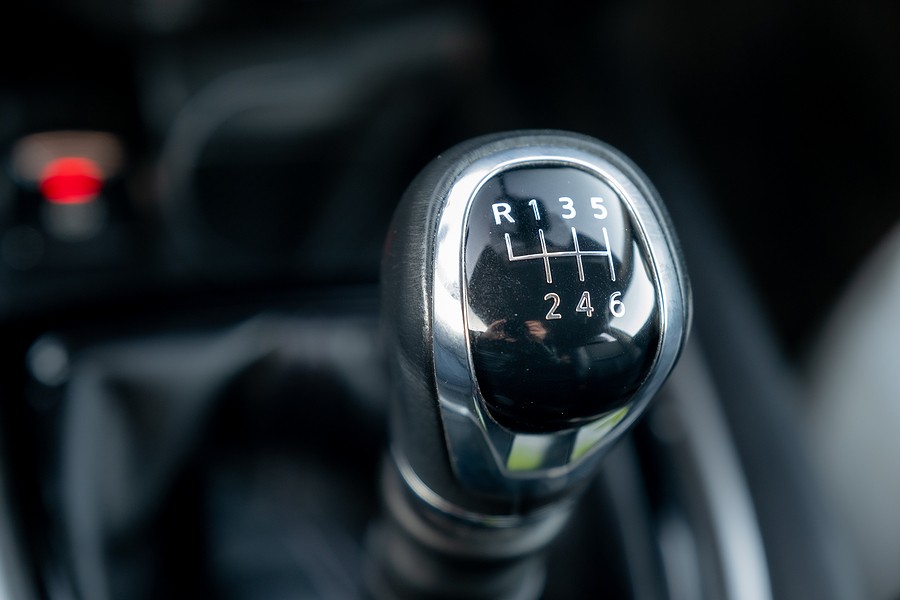
Can I drive my car with transmission problems?
Of course not. We mentioned earlier that you should not continue driving your car if it has an illuminating transmission warning light. Similarly, if you feel that there are some issues with your transmission, you should take the problem seriously because the earlier you fix it, the cheaper your repair costs and the more you prevent dealing with unnecessary unpleasant situations.
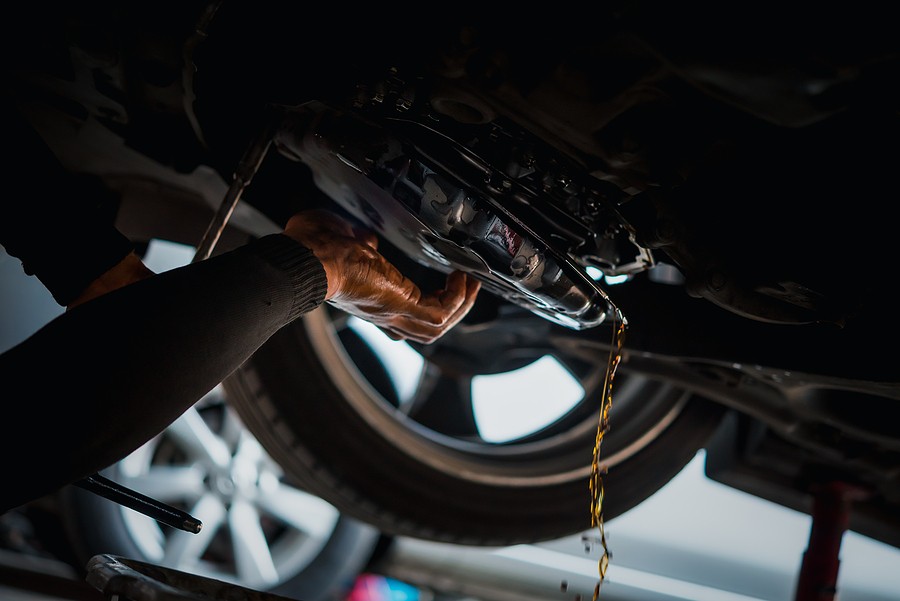
Final thoughts
The transmission is one of the most critical components in your vehicle. It's a major functioning core element in your car and is very expensive to repair when it goes bad. Therefore, understanding all potential signs of transmission internal problems as early as possible is very important.
One of the quickest things that could tell you have a problem with your transmission is when you have a transmission light illuminating. Therefore, this article helps you understand “what it means when the transmission lights come on.” It also provides additional signs to help you detect early transmission failure as quickly as possible.
If you feel that your vehicle has significant problems with the transmission, you need to evaluate the situation carefully and figure out whether it's worth fixing it or not. Of course, if you need to sell this vehicle, that's always possible, especially if you consult Cash Cars Buyer!
Cash Cars Buyer is one of the top-rated car removal companies in the nation that guarantees to pay you the top dollars and provide you with free towing despite your living location around the United States.
Our process is very straightforward and doesn't take more than a couple of days to get your car removed safely and for the most money.
All it takes you is to:
- Describe your car's type and condition
- Receive our instant free quote
- Accept the quote
- Get your car removed and receive your cash payment on the spot!
To learn more about our process and our team, you can reach out to us by calling us at (866) 924-4608 or by visiting our home page click on the free instant online offer.



